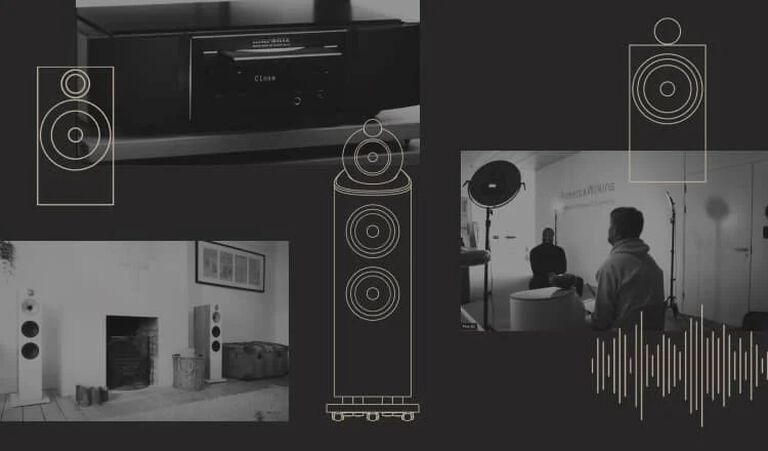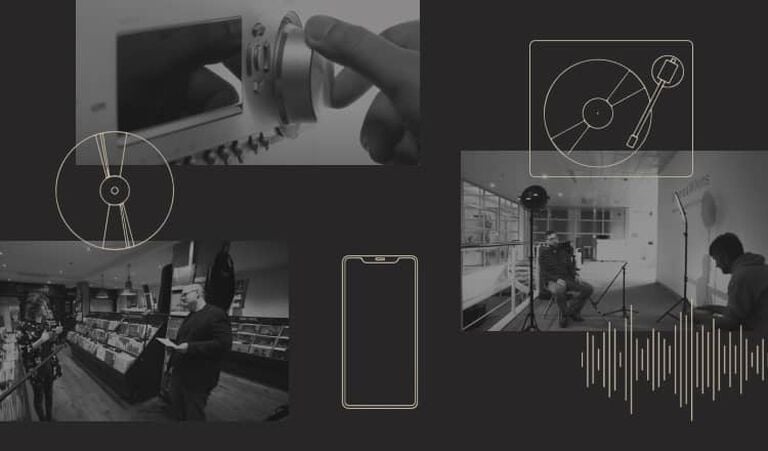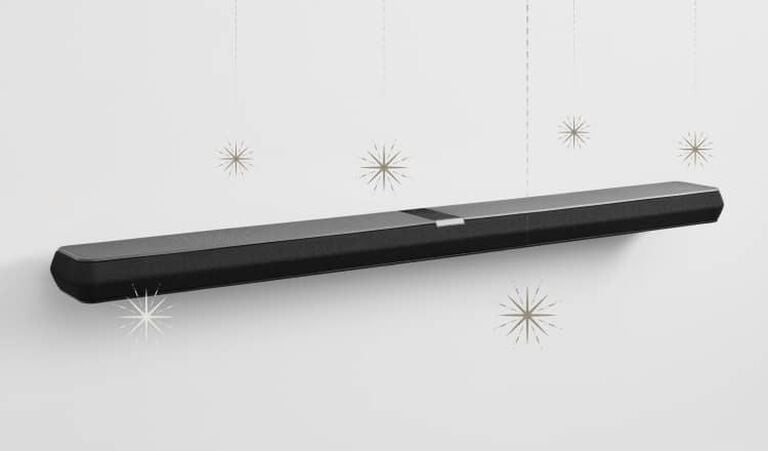Hi-Fi Essentials – How to set up a loudspeaker
In the third part of our series explaining the fundamentals of putting together a great Hi-Fi system, we look at how to get the best performance from your loudspeakers.
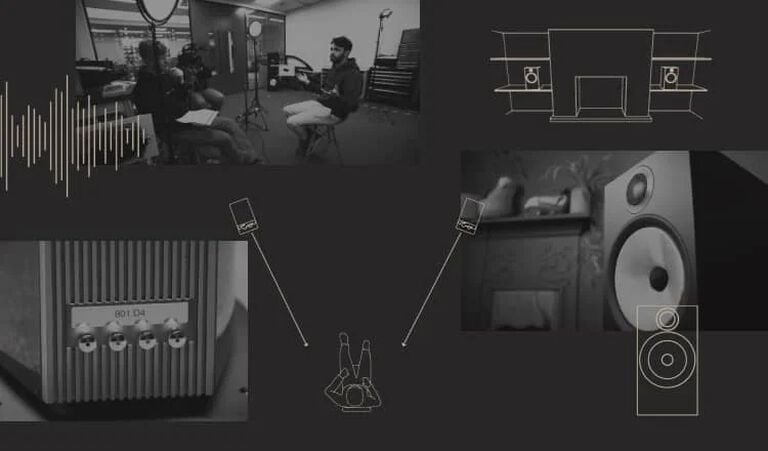
The hard bit is over: choosing the ideal source and your perfect speakers is the trickiest – and most expensive – part of building a Hi-Fi system. Much of the decision making is behind you, and now it’s time to make the most of the equipment you have purchased.
The good news is that this is the fun bit! This is the part where you get to tweak your system, and, if you decide to venture into the world of serious Hi-Fi, search out those marginal gains so beloved of Olympic athletes and elite chefs.
Changes you make here can have a massive impact on the sound you experience. So, while there are no hard and fast rules, and a lot of the tweaks you can make are dependent on the speakers you have bought, there are some general guidelines that you should follow.
Your room is part of the system
Rule number one, remember: your Hi-Fi system does not exist in a vacuum; the room where you set it up and listen to it plays an important role in how it sounds. In fact, your room could be described as the fifth key element of your system, along with the source, amplifier, speakers and cables.
This is important in several ways. Firstly, the furnishings in your home have an impact on sound quality. Soft furnishings have the effect of deadening the sound, while wooden floors and modernist glass-heavy houses can lead to a bright-sounding system unless you take care to limit the effect of these elements.
As a guide, if you have a lot of bare wood and glass, then the introduction of soft furnishings can have an impact – curtains are great for taking the hard edge of sound. Conversely, if you have a dead-sounding room, maybe think about whether you need all those cushions.
Size matters
Second, the dimensions of your room are fundamentally important. If your speakers are too big for your room, that will hinder the sound quality – essentially, you will feel like your system is permanently shouting at you. Equally, if the speakers are too small, the system will sound weedy, lacking in power and reach – but of course, you will have already considered this when choosing your speakers after reading our previous blog on the subject here.
Also, whatever speakers you have bought, get that initial set-up as close as possible to the ideal position – with the speakers at least 2.5 metres apart and your main listening position directly in between them at the point of an equilateral triangle, so in this instance at the same at least 2.5-metre distance. This is the best place to start, and if things get out of shape, the best place to return to!
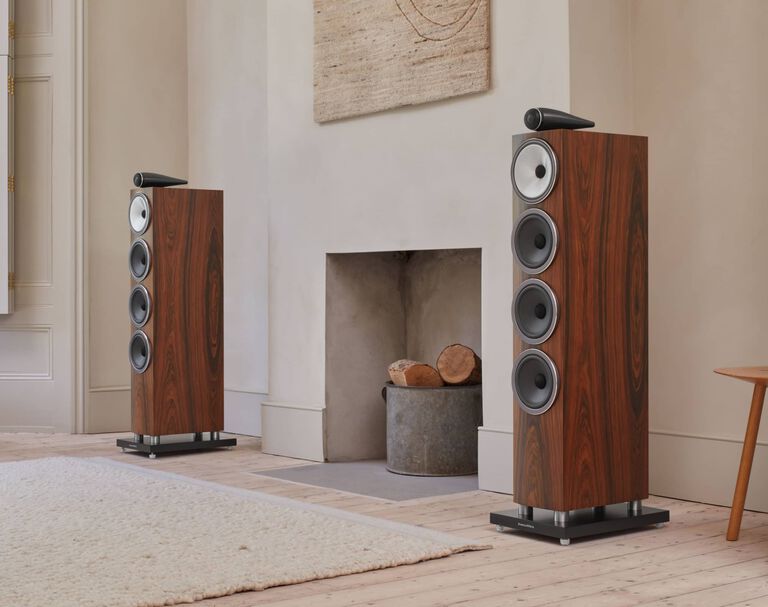
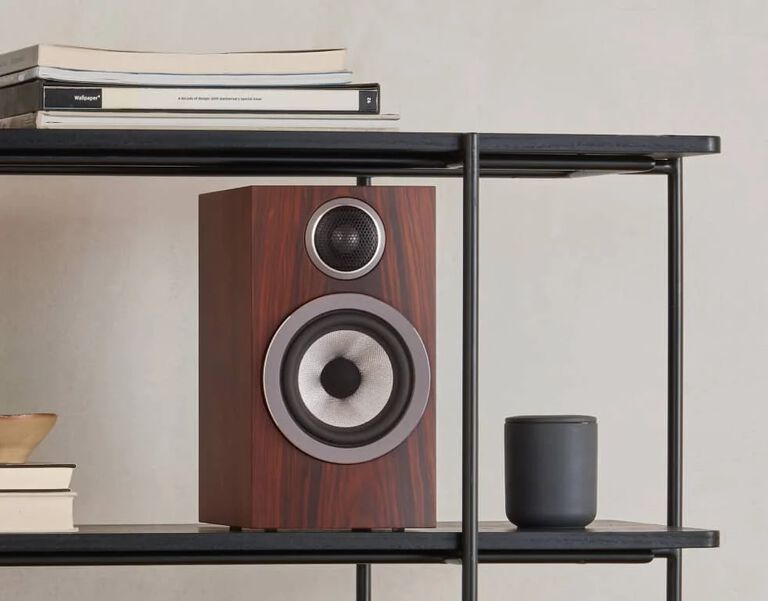
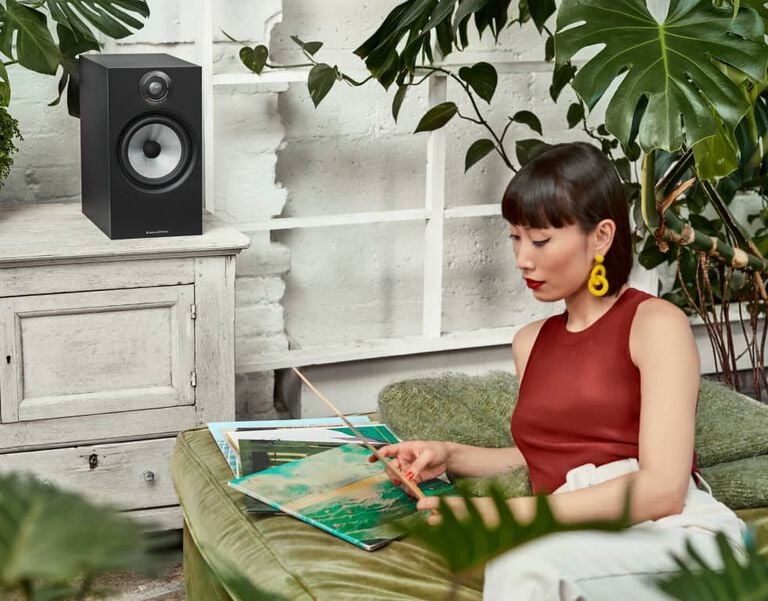
Best from bookshelves
If you have opted for bookshelf speakers, then there’s plenty you can do to ensure they sound as good as you expected them to. Let’s get them in position.
The first thing to bear in mind is tweeter height. It’s important to ensure that the tweeters are as close as possible to your ear level when listening. Generally, when you are sitting down on a sofa or comfy chair, you should ensure your speakers are on lower shelves in your bookcase – at least not ones you have to grab a ladder to dust – so that they are in the ideal position relative to your head. It’s equally important that you don’t put them on the floor either; this type of installation will lead to a small and very unimpressive sound stage.
When you have them on the shelf, the next thing to do is make sure that the front of the loudspeaker is as close as possible to the edge of the shelf. Don’t push them right back and have a big ‘lip’ of wooden shelf in front of the speaker, as this will have a detrimental effect on the sound.
Also, bookshelf speakers usually come with little rubber pads that you can place underneath the speaker to discontent them slightly from the shelf – make sure you use these, as isolating them from the surface will also have a positive effect on performance.
Finally, try not to crowd them too much. Surrounding them with books and other elements could lead to ‘booming’ where the surfaces around the speaker reinforce the bass output to a level you may not find appealing. If the speakers have rear ports, then you can use the supplied foam bungs to tweak the bass level if needed. There is no right and wrong to this, so have fun, experiment and see what sounds best to you.
Standmount sound
What we term to be a standmount loudspeaker is one that is just that little bit larger than a bookshelf – although you can always locate our bookshelf speakers on stands too, if you want to.
One of the keys to getting the best out of standmount speakers is contained within the name – put them on a pair of decent stands! This will provide a secure platform for all the drive units to work to their maximum potential and will ensure the tweeters are at the ideal listening height.
Stands come in many forms – we make our own for all our ranges of speakers. If the design that you buy has hollow supporting legs that can be filled with inert materials, such as sand, be sure to take advantage of that opportunity. Without filling material within the columns of the stand, the metal legs will resonate undesirably.
Again, once you have them in a rough approximation of a triangle where you form the third point, experiment with moving them back and forth towards a rear wall. The effect this has on the sound will surprise. Experiment until you achieve a balance you like.
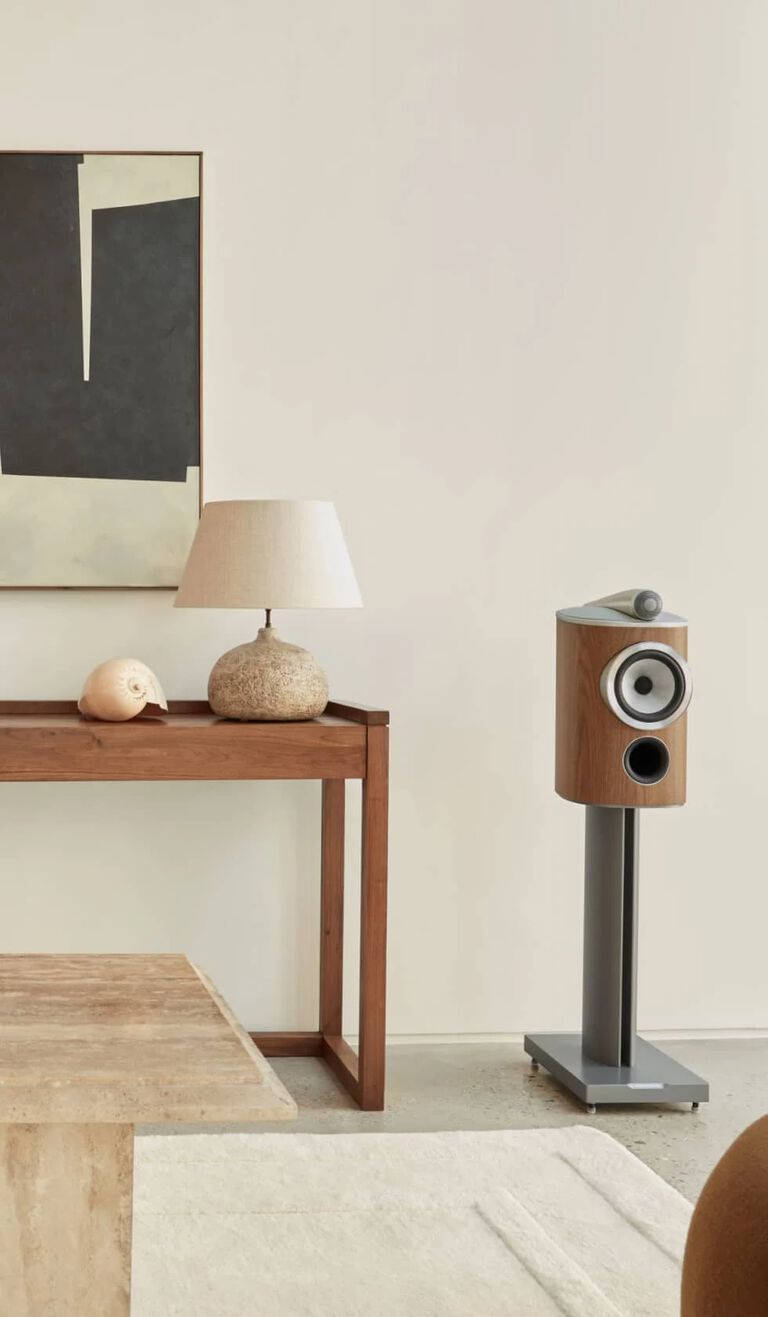
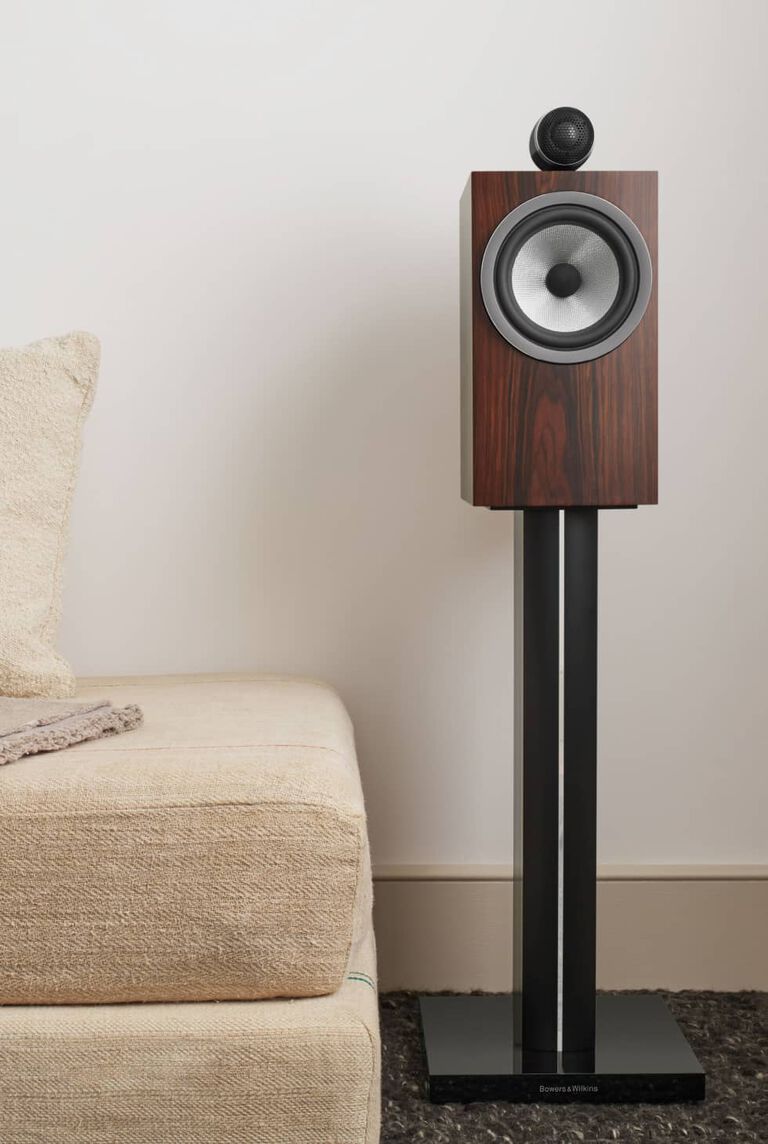
Fabulous floorstanding speakers
Many of the same basic rules exist for floorstanding loudspeakers, although tweeter height is obviously already determined for you by the height of the speaker itself.
Try and get your ideal listening position in between the speakers – we recommend that you position them slightly ‘toed in’ as well, where the drive units face towards your position rather than having them pointing directly straight ahead, square to the wall.
Talking of walls, floorstanding speakers will need a little more breathing space around them compared to bookshelf or standmount speakers. This is because the larger cabinet in the floorstanding loudspeaker creates substantially more radiating material (wood) that can interact with nearby walls and especially corners. Positioning your floorstanding speakers with free air around them allows them to perform at their best without the issue of bass reinforcement causing a ‘booming’ effect.
Conversely, if you have a particularly large room, you may want to move them closer to a wall to create more bass. Again, this is a matter of taste and feel free to experiment. One thing you don’t want to do is have them boxed into a corner, as the reflective nature of the walls on all sides will adversely affect the sound, and lead to what we call ‘smearing’.
Our floorstanding loudspeakers come with a choice of spikes or rubber feet. You can use either in the spirit of trial and error, but usually, spikes will work best on a carpeted floor, while the rubber feet will work best on wooden floors. They also mitigate the risk of damaging your floor, which could happen with spikes – especially if you move them around a lot.
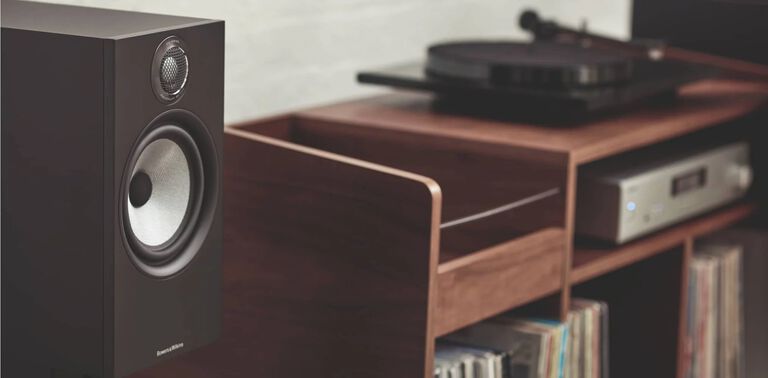
Where to position your source and amplifier
If possible, try to have your source and amplifier in between the speakers, as this way you can get roughly equal lengths of speaker cables.
As a general rule, the shorter the length of speaker cables you use the better – they can’t add to the sound quality, but they can detract from it, and that effect can be intensified over longer distances. Also, make sure you purchase the correct length of cable – you don’t want it too short, which limits the positioning potential of your speakers, but equally, you don’t want it too long where you have to spool the cable on the floor, which will again detract from the sound quality – and also cost you more money!
You also don’t want your system grouped too closely together. This is especially important with loudspeakers which generate vibration as they operate. We often see speakers placed on a shelf or desk next to an amp and turntable, which isn’t ideal. Even a well-isolated loudspeaker will likely have a detrimental impact on the delicate turntable when used in this way, which again will detract from the overall performance of your system. It’s less important with CD players or streaming amplifiers, but unless you have no choice, we would keep them separate.
Don’t forget the cables
Talking of cables, as a rule of thumb, about 10 per cent of your total budget should be spent on cables. That includes interconnects, such as the links between your CD player and amplifier, and speaker cables that run from your amplifier to the speakers.
Make sure you do not scrimp on this! We know it’s tempting, but when it comes to getting the most out of your Hi-Fi system the right cabling is vital – not the most expensive cabling you will note, but the right cabling. Again, this is an area where experimentation can lead to dramatically improved sound. But beware, it is also a potentially time and money-consuming rabbit hole as you search for those aforementioned ‘marginal gains’.
Also, watch out when connecting things up – speaker cables are colour coded for positive and negative, so just make sure you get it right. Wiring your speaker incorrectly could mean that it will be ‘out of phase’ and the result is considerably poorer performance. Usually, you can hear this in a lack of bass and an overly wide, expansive soundstage.
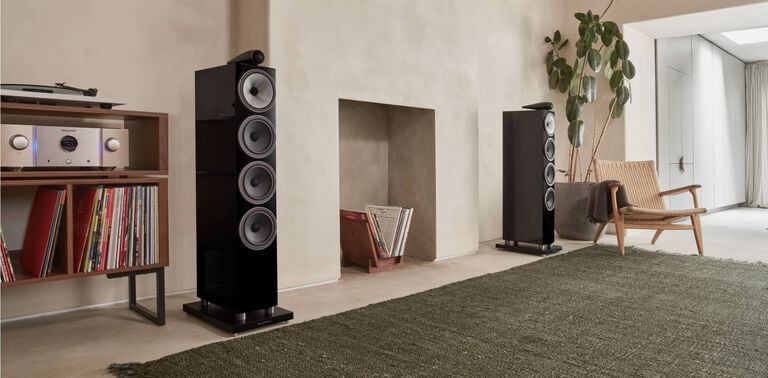
Set-up source material
If you really want to go to town, then you can download Hi-Fi set-up test audio from the internet. This will help you get everything in the best place and make sure you are maximising your investment.
If that’s not for you, then you can take one of your favourite tracks and listen to it first on a good pair of headphones – such as our Px8s, maybe – to give you an idea of where all the instruments should be positioned in the soundstage. Then listen again on your Hi-Fi system and start to tweak it to bring it closer to that ideal.
Finally, don’t stress about it all. You will have to make compromises. We all do – unless, of course, you have a dedicated Hi-Fi listening room, which, sadly, very few of us have access to.
At the end of the day, experiment! What’s right for you is right for you, and it’s fun to investigate new options. It’s one of the joys of Hi-Fi, alongside listening to all that glorious music just as the artist intended.
